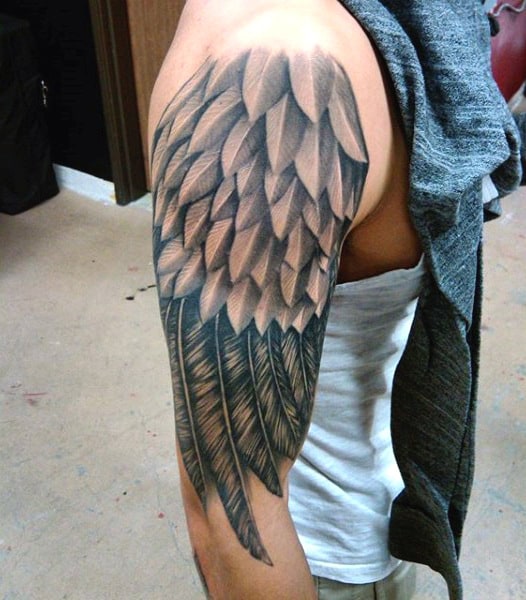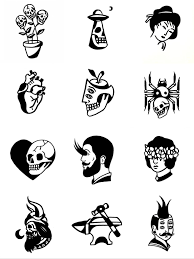
An apprentice tattoo artist works in a tattoo shop under a licensed tattoo artist and learns their specific style while creating an artwork portfolio. They must also maintain professional standards by dressing appropriately – wearing clean clothes with no flip flops or smell of body odor.
Getting Started
Starting as a tattoo apprentice will require both time and money investments, including purchasing equipment such as a tattoo gun, sterile equipment, and art supplies and having an impressive portfolio demonstrating your creativity and skills. A tattoo shop will likely accept you more readily if the quality of your artwork makes them comfortable taking you on as an apprentice.
A strong portfolio should consist of an array of tattoo styles and subjects. A well-rounded portfolio should contain at least 50 completed and colored pieces and showcase your artistic abilities with lines, smooth shading, and saturated color.
Before becoming a tattoo apprentice, having excellent drawing skills is necessary. Most shops will only consider people with solid drawing abilities for apprentice placement. Attending drawing classes to refine your techniques could also prove helpful, while finding an experienced mentor who can offer guidance and critique your work is wise.
Finding a Mentor
An apprenticeship in tattooing is challenging to secure, and finding the ideal shop to accept you as an apprentice may take some time. To improve your odds of finding one quickly and successfully, you must create a portfolio demonstrating artistic abilities and unique style – this will enable potential mentors to assess whether they would be a good match for you.
A compelling portfolio should showcase drawings that showcase your ability to craft unique tattoo designs that add something new and unexpected. Furthermore, your portfolio should show you are open to exploring new ideas – this is essential when tattooing!
Tattoo parlors often look at social media and websites to gauge your artistic progress, so ensure they’re updated frequently and linked back to your professional website for maximum impact when applying for an apprenticeship. Doing this will create a great first impression at shops considering you for an internship.
Getting Critiques
You must prepare appropriately if you want to break into the tattoo business. Make a portfolio and seek a mentor. Remember, it can be competitive; persistence will pay off. Some artists may be too busy for you, but don’t take any rejection personally!
Make sure your portfolio showcases a diverse collection of artworks in a professional format, including black-and-white drawings showcasing your abilities in working with various styles. A great tattoo apprentice should include at least 50 to 100 pieces in their portfolio.
Tattoo apprenticeships are usually unpaid, so having another source of income, should you need it, is critical for meeting living expenses and paying bills. Expect long hours and make sure you manage them appropriately; being professional and respectful when approaching shops for an apprenticeship should come naturally; avoiding wearing flip flops or wife beaters and arriving with lousy breath are great traits to have when approaching them for one.
Getting Tattoos
Tattooing is an industry that can vary significantly by state. Some states mandate classes before an apprenticeship begins; it’s also wise to check what standards exist in your area to assess whether becoming a tattoo artist would be worthwhile.
An attractive portfolio is essential in landing a tattoo apprenticeship. It should showcase your creative, original artwork. A potential mentor will look for solid line work and seamless shading techniques in the portfolio.
Many people want to pursue one style, but it’s best to keep an open mind and accept criticism as part of an apprenticeship experience. An apprenticeship may last between one year and five years, making patience and dedication essential. You should be ready to work for free during your apprenticeship period.

